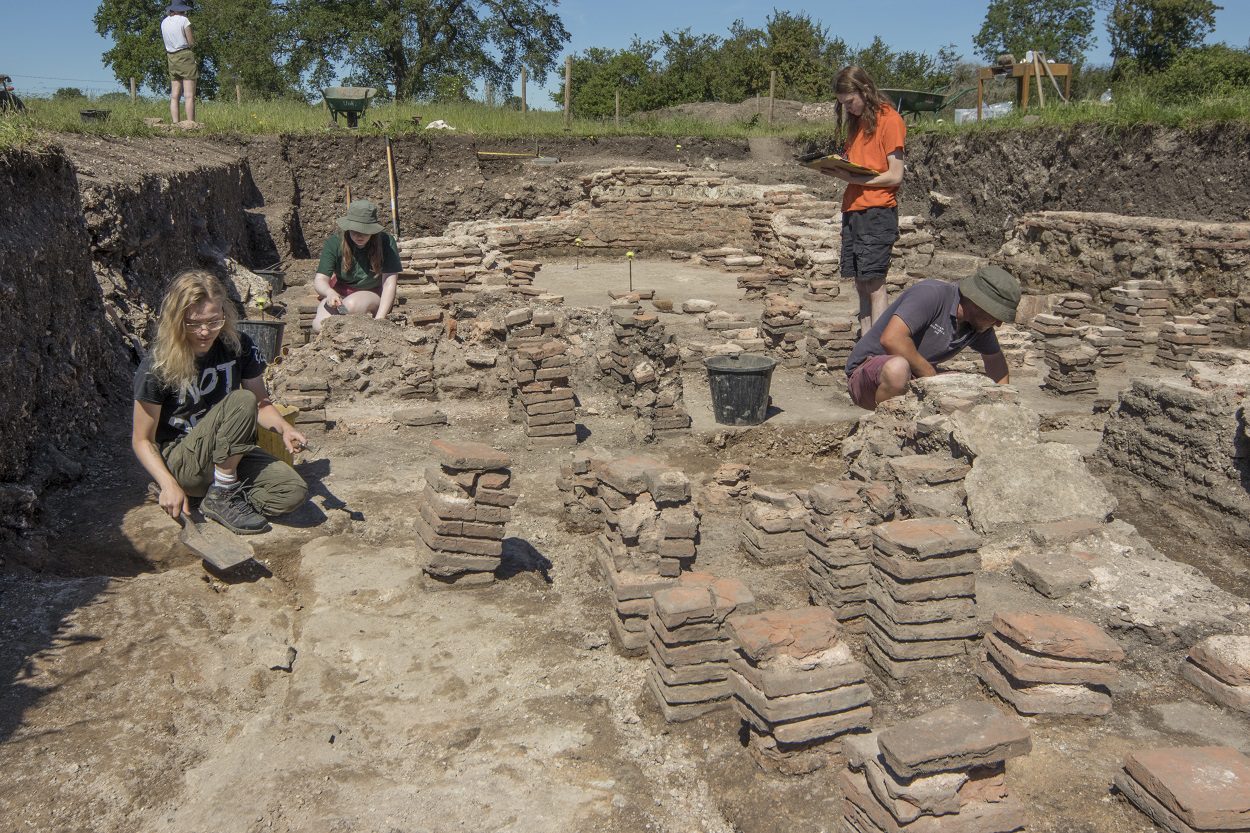Fifty years after the commencement of an archaeological excavation led by the University of Reading, a forthcoming exhibition will present the remarkable discoveries unearthed from digs at the ancient Roman site of Silchester in Hampshire.
Attendees of “Becoming Roman – Silchester, a Town of Change” will be transported two millennia into the past, delving into the life of the Gaulish tribe that founded the settlement and exploring the transformations that occurred following the Roman Conquest of Britain.
Professor Michael Fulford, of the University of Reading, is the Director of the Silchester Town Life Project. He said: “It is wonderful to contribute to an exhibition which showcases some of the great discoveries from the University of Reading’s excavations at Silchester. The objects on display range from those illustrating the international contacts of the Iron Age town beneath the Romans to those that show how life changed after the Roman conquest.
“I am extremely grateful for the huge contribution that generations of our students and local volunteers have made to the success of the excavations over the past 50 years.”
The exhibit, featuring 150 items, will include terracotta floor tiles preserving footprints of animals and children, a large Roman grain storage jar undergoing its first display post-restoration, intricately carved gemstones, and a Roman roof tile stamped with Nero’s mark. Additionally, visitors will get an insider’s view of the ongoing archaeological dig that continues to unveil the secrets of Silchester’s inhabitants.
Silchester, once a prosperous capital with its Iron Age mint, engaged in trade not only with neighboring tribes in Britain but also with the broader Roman Mediterranean world. The exhibition sheds light on their trading prowess and metalworking skills, showcasing chariot fittings and a discovered smithy. Emotional glimpses into Iron Age life include the skeleton of what is believed to be Britain’s first lap dog, imported from across the Channel.
With the arrival of the Romans came inevitable changes. The exhibition explores how the Iron Age settlement, known for its round houses, evolved with the introduction of a Roman street grid, a forum, and a bathhouse. Visitors will learn about the functioning of a Roman bathhouse, complete with a complex underfloor heating and gas system, and view personal items like hairpins and jewelry left behind by bathhouse users.
Nick Suffolk, Head of Heritage Experience at Hampshire Cultural Trust, highlighted the emotional connection fostered by “Becoming Roman – Silchester, a Town of Change,” where everyday artifacts offer a glimpse into the daily lives of individuals living thousands of years ago.
Becoming Roman – Silchester, a Town of Change, will tour the Red House Museum in Christchurch, Andover Museum, The new exhibition begins its tour at the Willis Museum and Sainsbury Gallery in Basingstoke on Saturday 10 February and will close on Sunday, 28 April.
Header Image Credit : University of Reading





